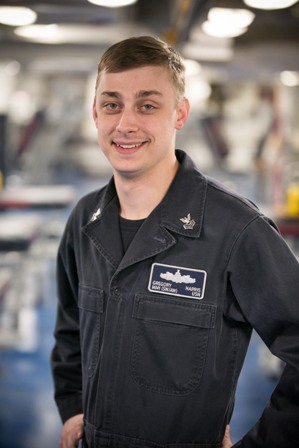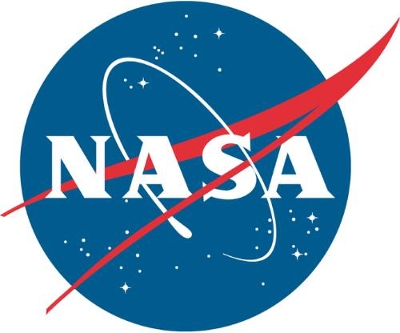Soyuz to launch astronauts for a year long mission
The first one-year crew for the International Space Station is set to launch today. NASA Television will provide extensive coverage of the launch and the crew’s arrival to the orbital laboratory.
NASA astronaut Scott Kelly and Russian Federal Space Agency (Roscosmos) cosmonaut Mikhail Kornienko will spend a year living and working aboard the space station and will launch with cosmonaut Gennady Padalka. The trio will become part of the station’s Expedition 43 crew.
NASA TV coverage will begin at 2:30 p.m. EDT March 27, with launch scheduled for 3:42 p.m. (1:42 a.m. Saturday, March 28 in Baikonur) from the Baikonur Cosmodrome in Kazakhstan. The trio will ride to space in a Soyuz spacecraft, which will rendezvous with the space station and dock after four orbits of Earth. Docking to the space station’s Poisk module will take place at 9:36 p.m. Friday. NASA TV coverage of docking will begin at 8:45 p.m.
Hatches between the Soyuz and the station will be opened at approximately 11:15 p.m., at which time Expedition 43 Commander Terry Virts of NASA and his crewmates, Anton Shkaplerov of Roscosmos and Samantha Cristoforetti of ESA (European Space Agency), will greet Kelly, Kornienko and Padalka. Hatch opening coverage begins on NASA TV at 10:45 p.m.
Kelly and Kornienko will spend a year on the space station to better understand how the human body reacts and adapts to the harsh environment of space. Data from the expedition will be used to determine whether there are ways to further reduce the risks on future long-duration missions to an asteroid and eventually Mars.
The crew will support several hundred experiments in biology, biotechnology, physical science and Earth science — research that impacts life on Earth. Data and samples will be collected throughout the year from a series of studies involving Scott and his twin brother, former NASA astronaut Mark Kelly. The studies will compare data from the genetically-identical Kelly brothers to identify any subtle changes caused by spaceflight.
Padalka will spend six months aboard the outpost, during which he will become the first four-time station commander and record holder for most cumulative time spent in space.




